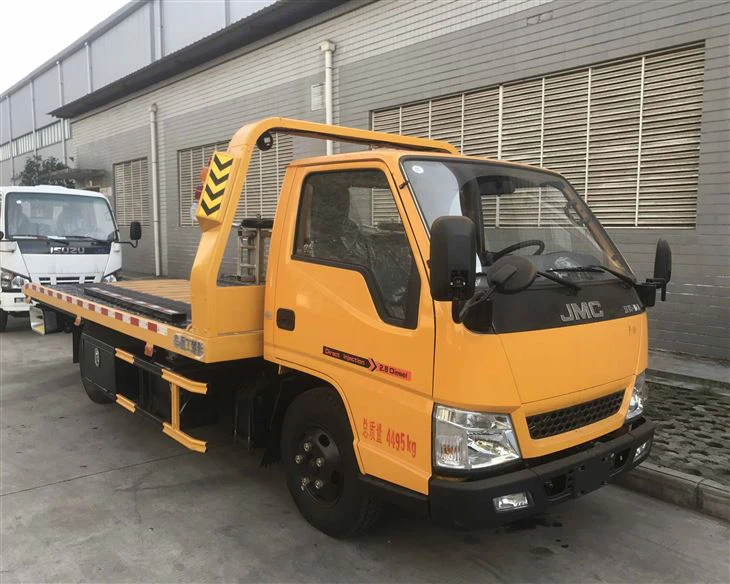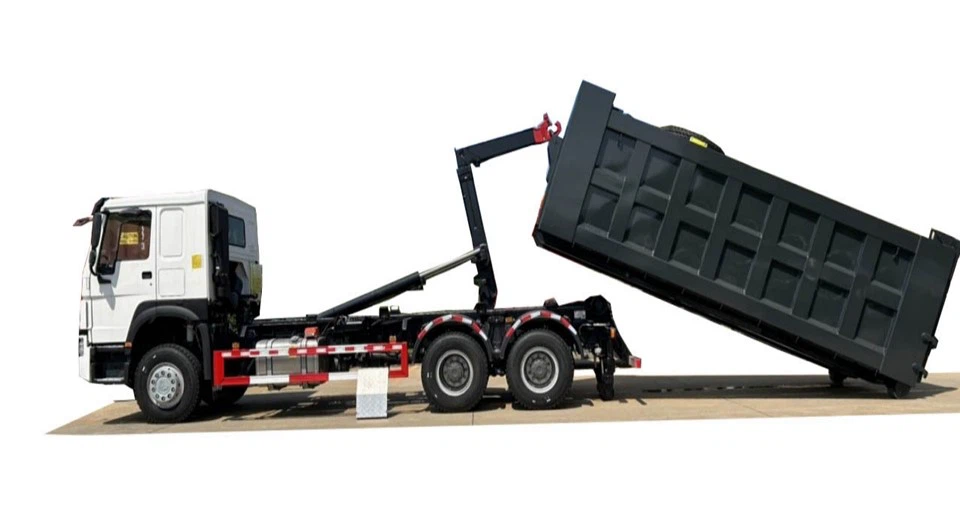Understanding the Kenworth T800 Weight: A Comprehensive Guide

The Kenworth T800 is a popular heavy-duty truck known for its durability and versatility in various applications. One of the most critical aspects to consider when owning or operating a Kenworth T800 is its weight, as this impacts everything from load capacity to fuel efficiency. In this article, we will explore the different weight specifications of the Kenworth T800, its components, and how it affects performance on the road.
Table of Contents
- 1. Overview of the Kenworth T800
- 2. Weight Specifications
- 3. Factors Affecting T800 Weight
- 4. Load Capacity and Performance
- 5. Customization and Weight Management
- 6. Practical Examples in Real-World Usage
- 7. Maintenance and Weight Considerations
- 8. FAQs about Kenworth T800 Weight
1. Overview of the Kenworth T800
The Kenworth T800 is a robust truck designed for various functions, including long-haul trucking, construction, and heavy hauls. With its distinctive design and customizable features, it has built a reputation for reliability. The T800 offers several engine choices, cab configurations, and axle setups, ensuring it meets the diverse needs of its owners.
2. Weight Specifications
2.1 Gross Vehicle Weight Rating (GVWR)
The Gross Vehicle Weight Rating (GVWR) of the Kenworth T800 typically ranges from 33,000 to 80,000 lbs, depending on configurations. This is the maximum safe weight the truck can support, including the vehicle itself, cargo, and any passengers.
2.2 Curb Weight
The curb weight of a Kenworth T800 is generally around 16,000 to 20,000 lbs, depending on the configuration. Curb weight refers to the weight of the truck without any cargo but includes necessary fluids like fuel and oil.
2.3 Payload Capacity
The payload capacity of the Kenworth T800 can vary significantly. With its GVWR, the payload can typically range from 13,000 to 64,000 lbs, allowing for a wide variety of hauling needs.
| Weight Type | Weight Range (lbs) |
|---|---|
| GVWR | 33,000 – 80,000 |
| Curb Weight | 16,000 – 20,000 |
| Payload Capacity | 13,000 – 64,000 |
3. Factors Affecting T800 Weight
3.1 Engine Type and Size
The engine chosen for your Kenworth T800 significantly impacts its weight. Larger and more powerful engines tend to add more weight to the vehicle. Options range from medium-duty engines to heavy-duty models, each contributing differently to the overall weight.
3.2 Frame and Axle Configurations
Different frame types and axle configurations can also affect the weight. A standard frame may be lighter than an extended frame designed for heavy loads. Dual or tri-axle configurations provide better weight distribution but also add to the overall vehicle weight.

3.3 Additional Features
Customization options such as heavier-duty suspensions, modified cabins, and additional storage can increase the truck’s weight. It’s crucial to balance these features with your weight requirements for efficient operation.
4. Load Capacity and Performance
4.1 Importance of Knowing Maximum Load
Understanding the maximum load your Kenworth T800 can carry is essential for compliance with local regulations and ensuring the longevity of your truck. Overloading can lead to increased wear and tear, affecting the truck’s performance and safety.
4.2 Impact on Fuel Efficiency
Weight also plays a vital role in fuel consumption. Heavier loads generally result in decreased fuel efficiency. The Kenworth T800’s design and engine specifications can help mitigate this through aerodynamic features and efficient powertrains.
5. Customization and Weight Management

5.1 Choosing the Right Options
When customizing your Kenworth T800, consider the weight implications of various options. For instance, selecting a lightweight frame or opting for a smaller engine can help reduce overall weight and improve fuel efficiency.
5.2 Weight Distribution Strategies
Proper weight distribution is crucial when loading the truck. Ensuring that the load is evenly distributed can help maintain stability and control while driving, reducing the risk of accidents and improving handling.
6. Practical Examples in Real-World Usage
6.1 Construction Industry
In the construction industry, the Kenworth T800 is often used to transport heavy loads such as equipment and materials. A typical construction configuration might have a GVWR of around 66,000 lbs, allowing it to haul substantial payloads efficiently.
6.2 Long-Haul Transportation
For long-haul operations, the Kenworth T800 is favored for its comfort and performance. When configured for long distances, the truck typically weighs between 35,000 and 40,000 lbs, with a payload capacity sufficient for carrying large freight loads across states.
7. Maintenance and Weight Considerations
7.1 Regular Inspections
Regular weight inspections are crucial for maintaining the truck’s health. Over time, wear can increase the truck’s weight due to added components like auxiliary equipment. Ensure that you regularly check and adjust your configurations as needed.
7.2 Impact on Tires and Suspension
The weight of the Kenworth T800 directly impacts tire wear and suspension lifespan. Heavier loads result in faster wear on tires and suspension components. Regular maintenance checks can help extend the life of these parts and improve overall performance.

8. FAQs about Kenworth T800 Weight
8.1 What is the average curb weight of a Kenworth T800?
The average curb weight of a Kenworth T800 typically ranges from 16,000 to 20,000 lbs, depending on the specific configuration and features included.
8.2 How much weight can a Kenworth T800 legally carry?
The legal carrying capacity, or payload, for a Kenworth T800 can range from 13,000 to 64,000 lbs based on its Gross Vehicle Weight Rating (GVWR).
8.3 Does the engine type influence the weight of the T800?
Yes, the choice of engine type influences the overall weight of the Kenworth T800. Larger engines generally weigh more than smaller options.
8.4 How do I calculate the payload capacity of my Kenworth T800?
The payload capacity can be calculated by subtracting the curb weight of the truck from its GVWR. For example, if your truck has a GVWR of 80,000 lbs and a curb weight of 20,000 lbs, your payload capacity would be 60,000 lbs.
8.5 What is the impact of weight on fuel efficiency for a Kenworth T800?
As truck weight increases, fuel efficiency typically decreases, resulting in higher fuel costs. Maintaining a balanced load can help improve fuel efficiency on the road.
8.6 Are there weight limits for specific loading conditions?
Yes, there are specific weight limits regulated by federal and state laws, which can vary based on axle configurations and bridge formulas. Always check local regulations before loading your truck.
